Gail Albert Halaban

Gail Albert Halaban
Francesco Bosso
Giada Ripa
Edward Burtynsky
Ishiuchi Miyako
Gabriele Basilico
Irene Kung
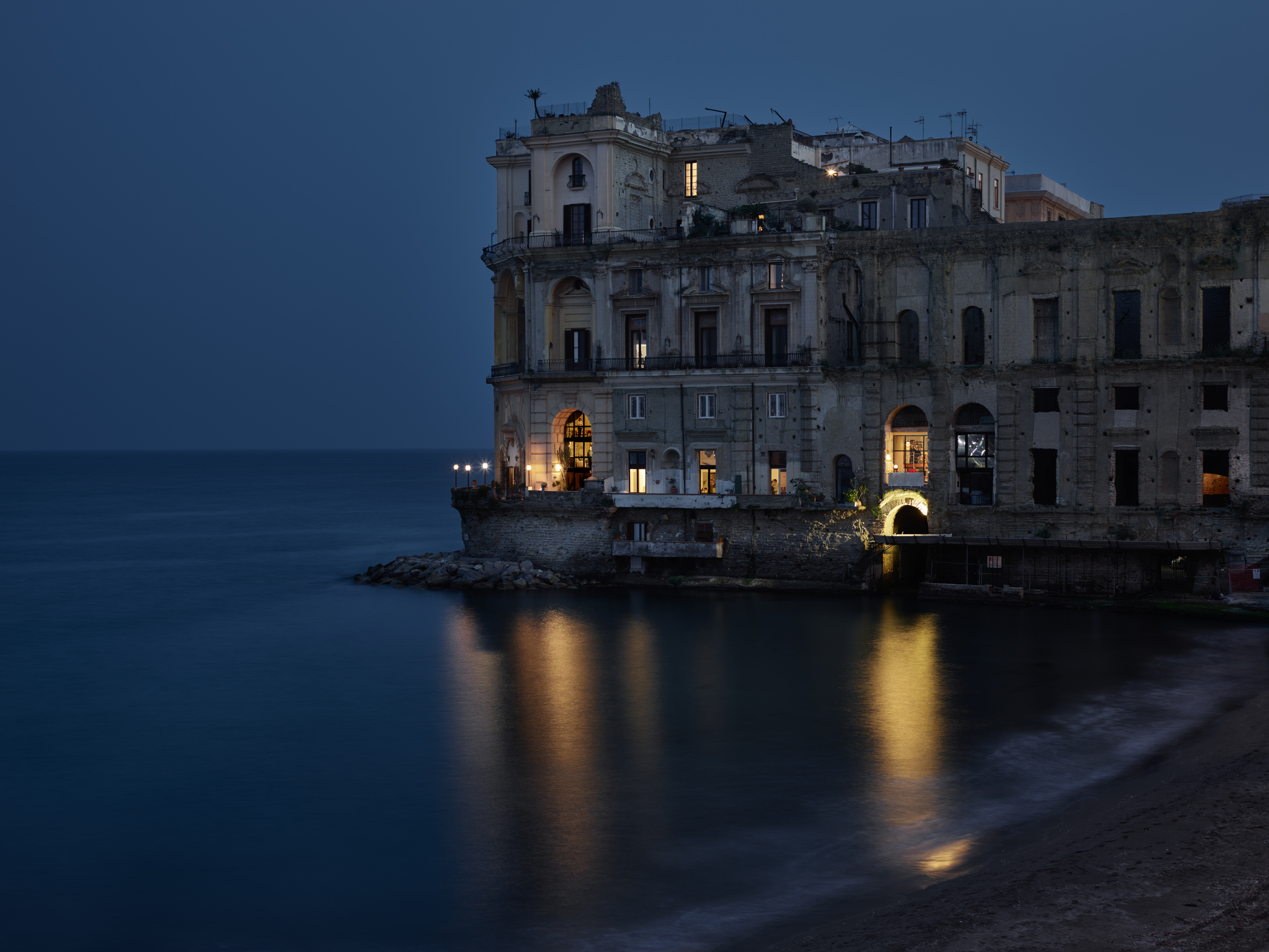

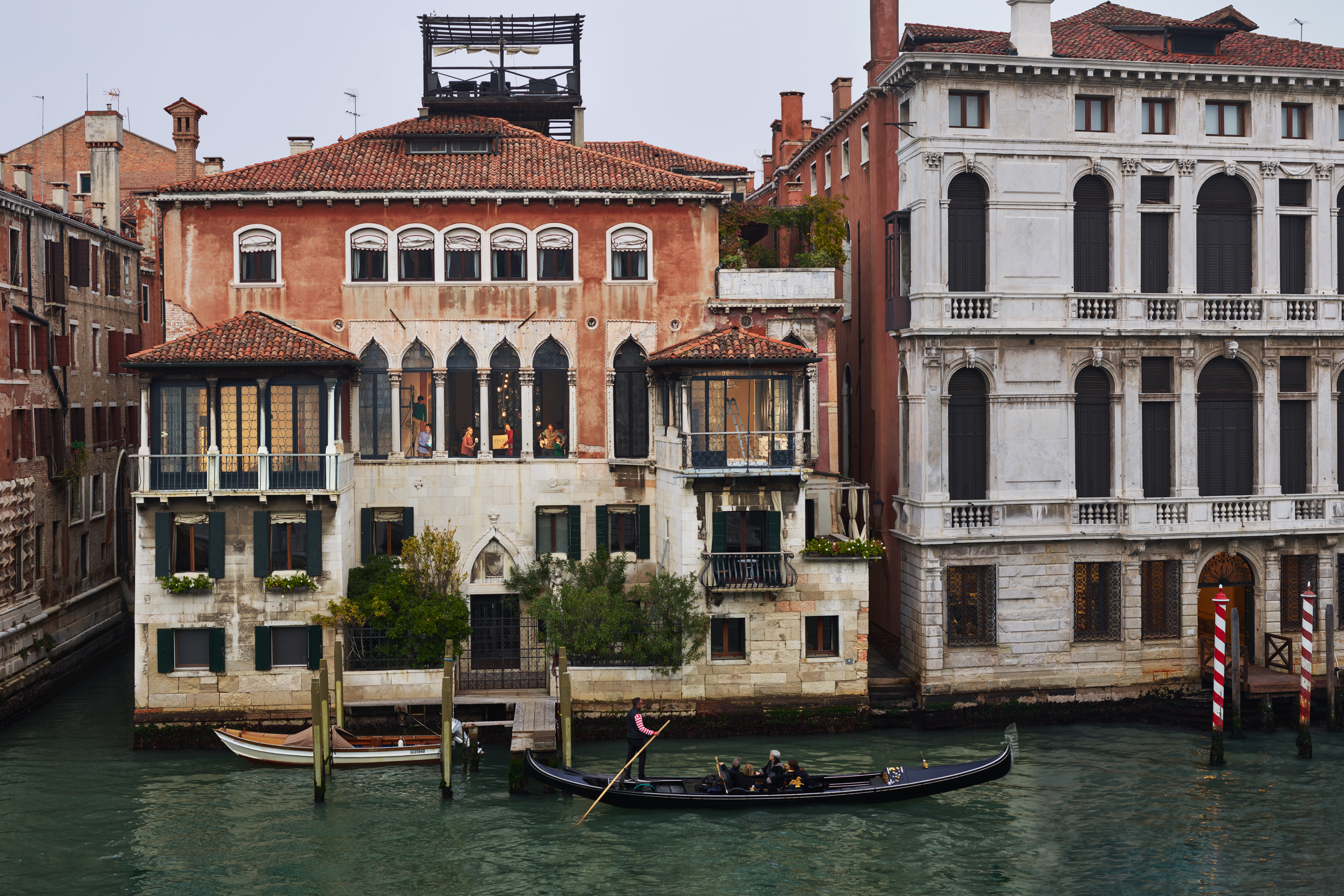



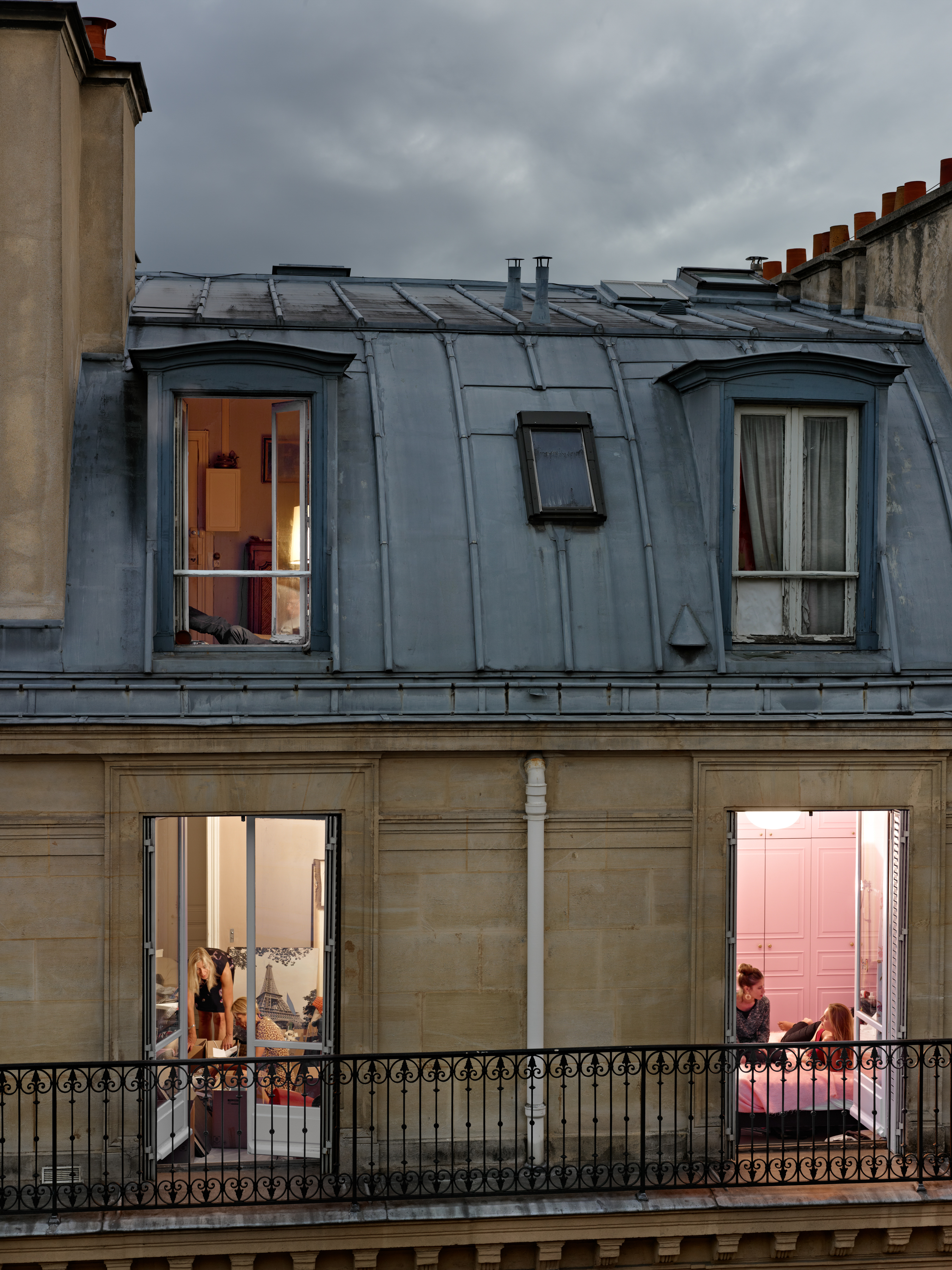

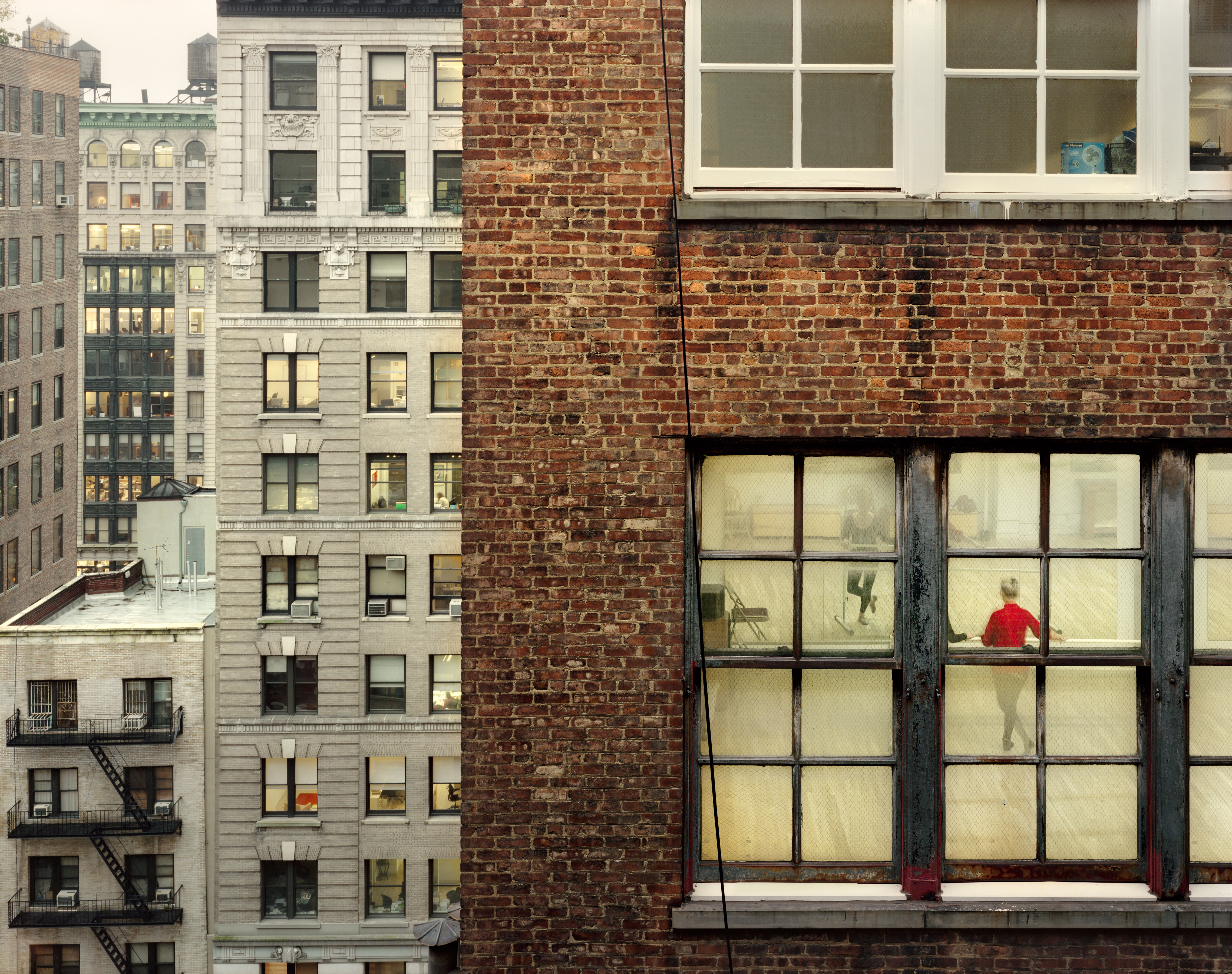

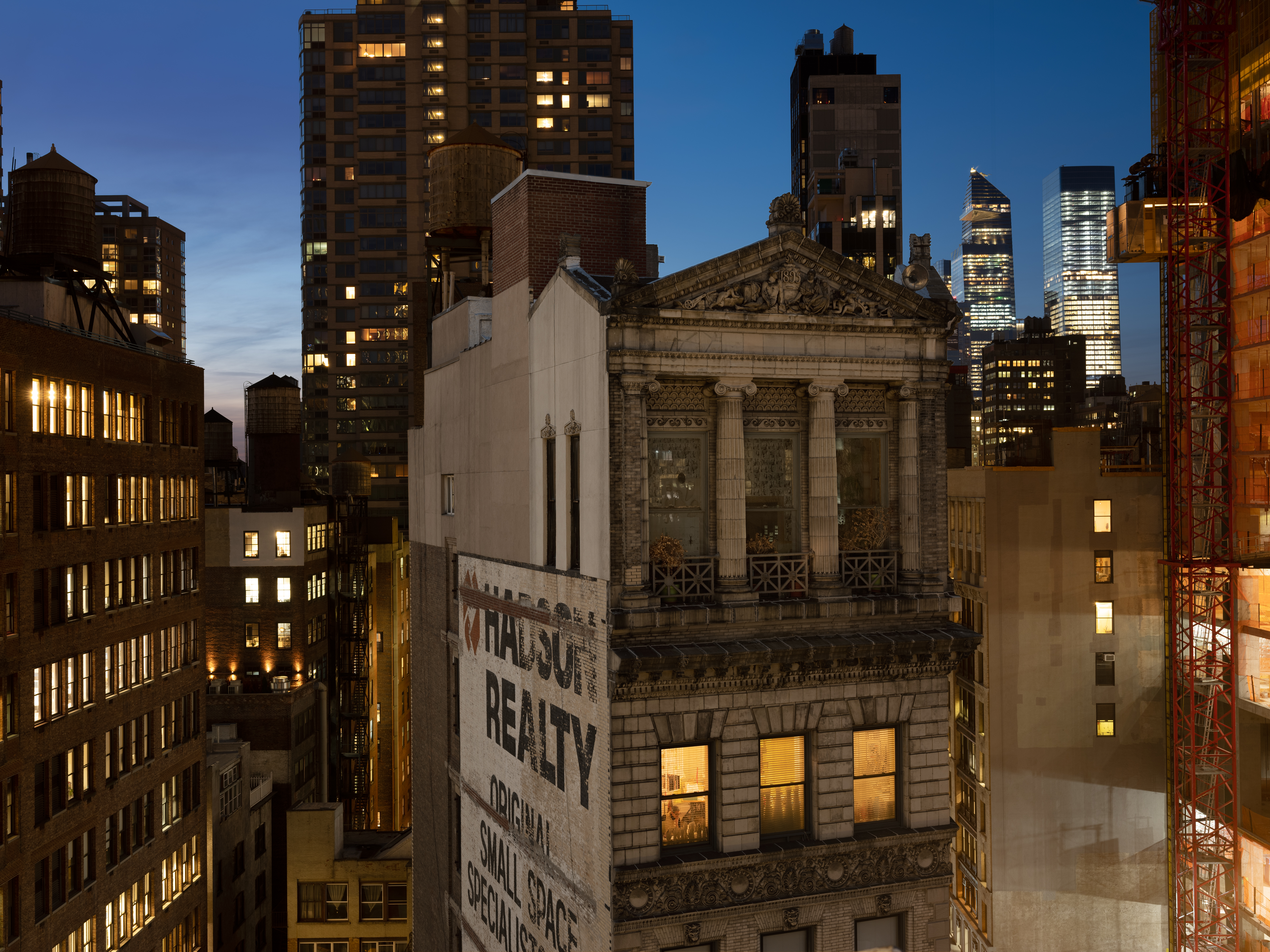
Gail Albert Halaban is an American artist born in 1970 in Washington, DC. Her interest in photography began when she made a pinhole camera for her first grade science fair. Though her equipment has become more complex, her love of photography has never wavered. She attended the Rhode Island School of Design, Brown University, and Yale University, from which she received a Master of Fine Arts in Photography.
She has been published widely including in The New Yorker, The New York Times Magazine, and Le Monde. Her work has been exhibited extensively in solo and group shows including a solo exhibit in 2018 at the George Eastman Museum in Rochester, New York. Galleries around the world have shown her work with her primary representation at the Edwynn Houk Gallery in New York City. Public and private collections including the Hermes Foundation, George Eastman Museum, Yale University Art Gallery, Nelson Atkins Museum, Cape Ann Museum, Wichita Art Museum hold her work.
Her third monograph, Italian Views, was recently published by the Aperture Foundation. In addition to working on her own artwork, she is the Creative Consultant of the Medical Humanities Department at Columbia University Medical School where she teaches photography and visual thinking to medical students and physicians.
She is most famous for her series of photographs called “Out My Window” where she photographs from one window to a neighboring window in cities all over the globe with the invitation of the residents.
She is currently working on a book of photographs of italian palazzi and villas.







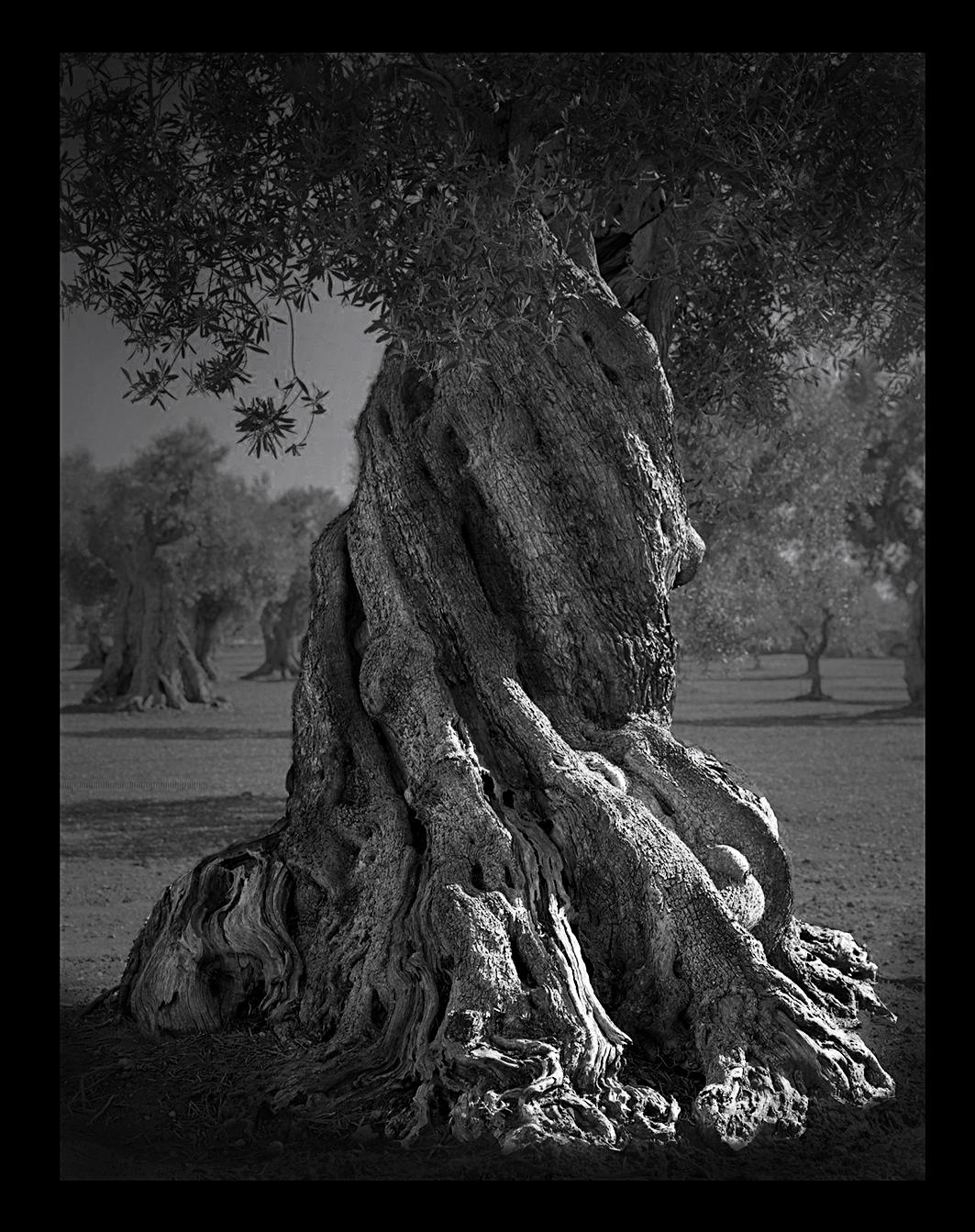
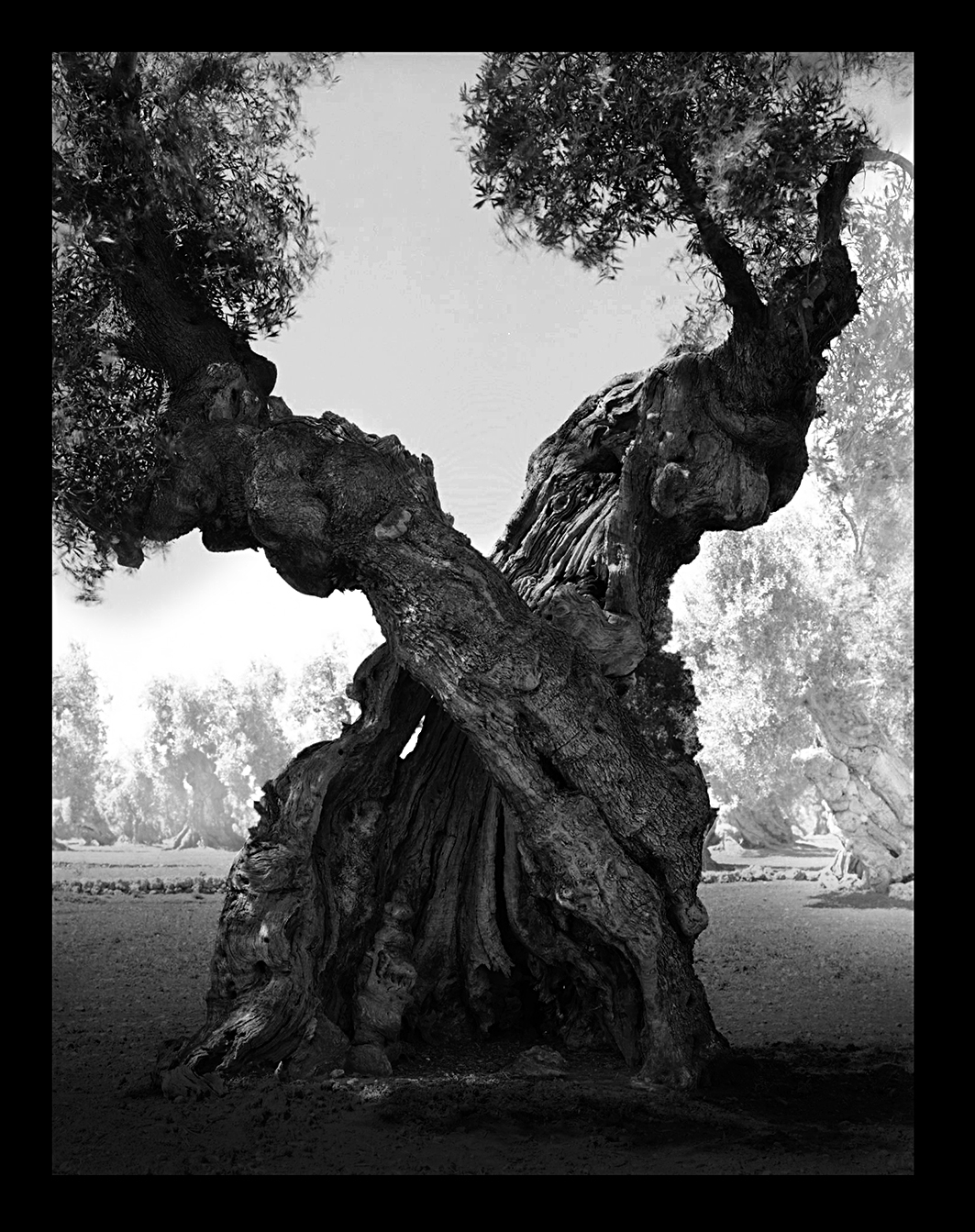
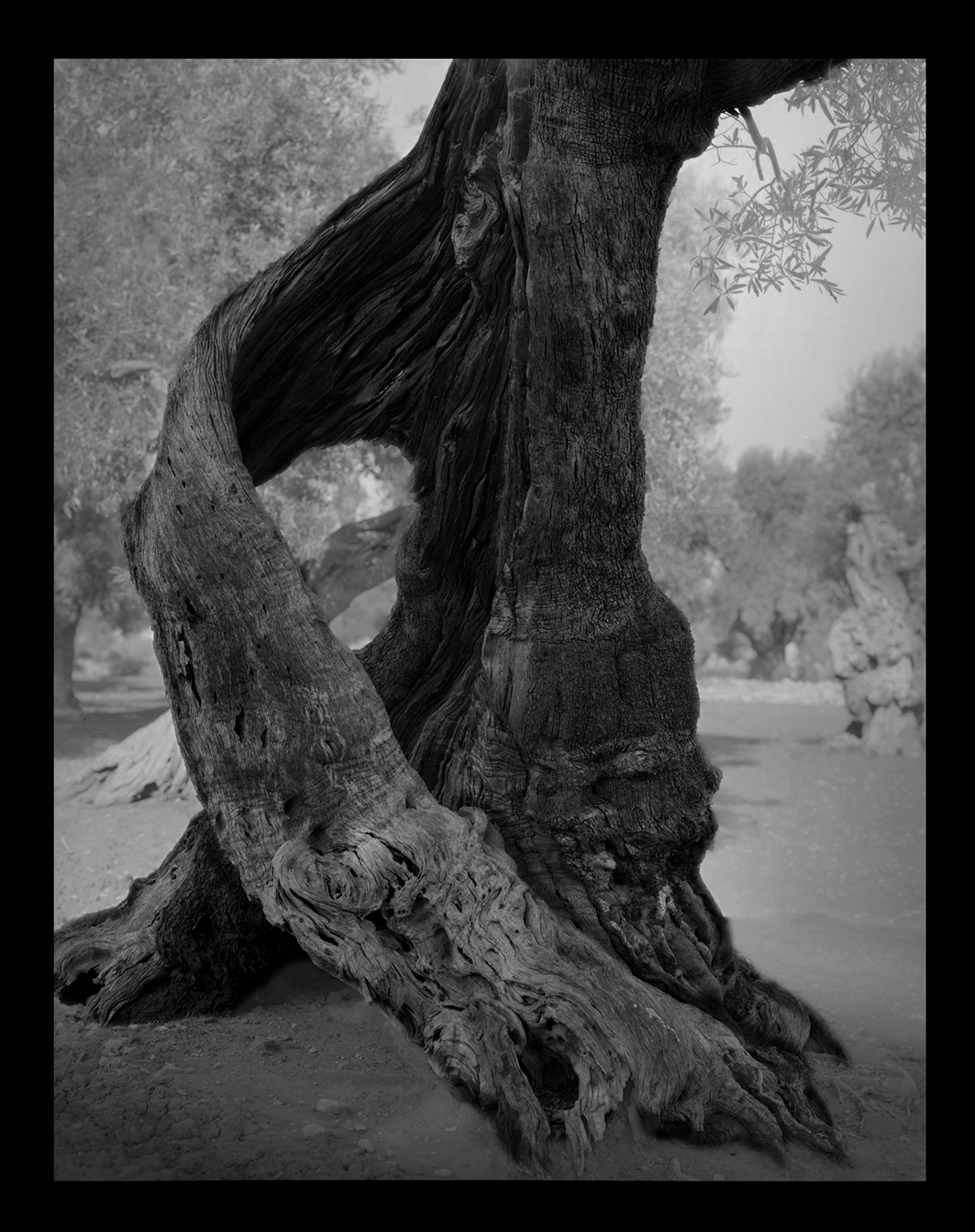
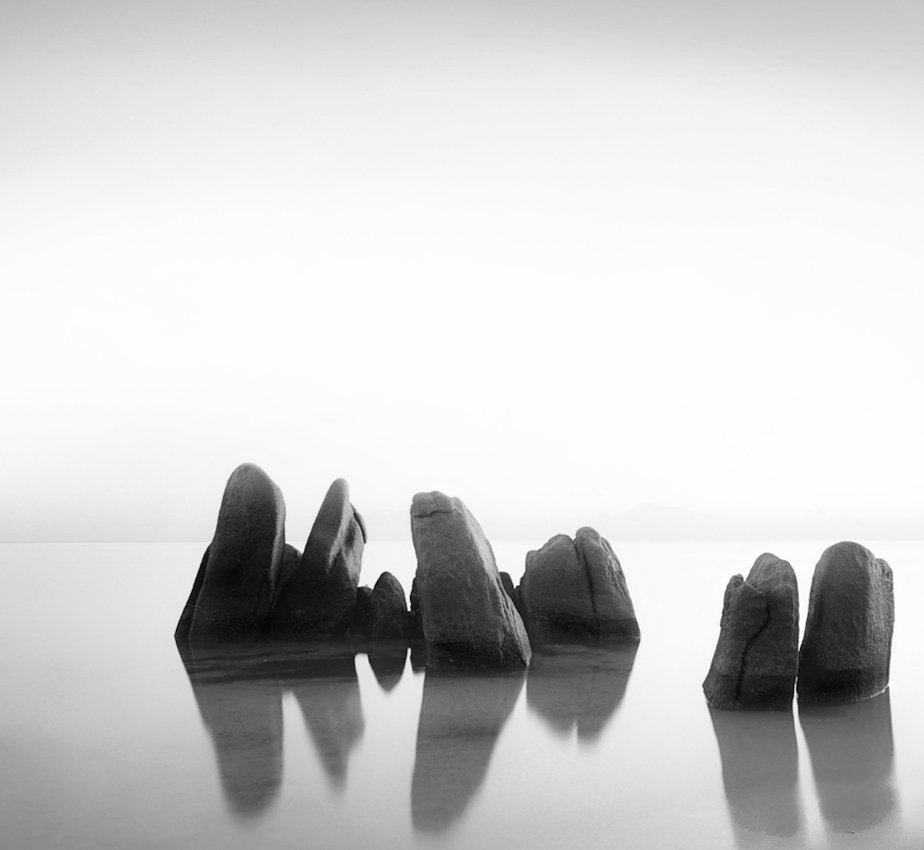
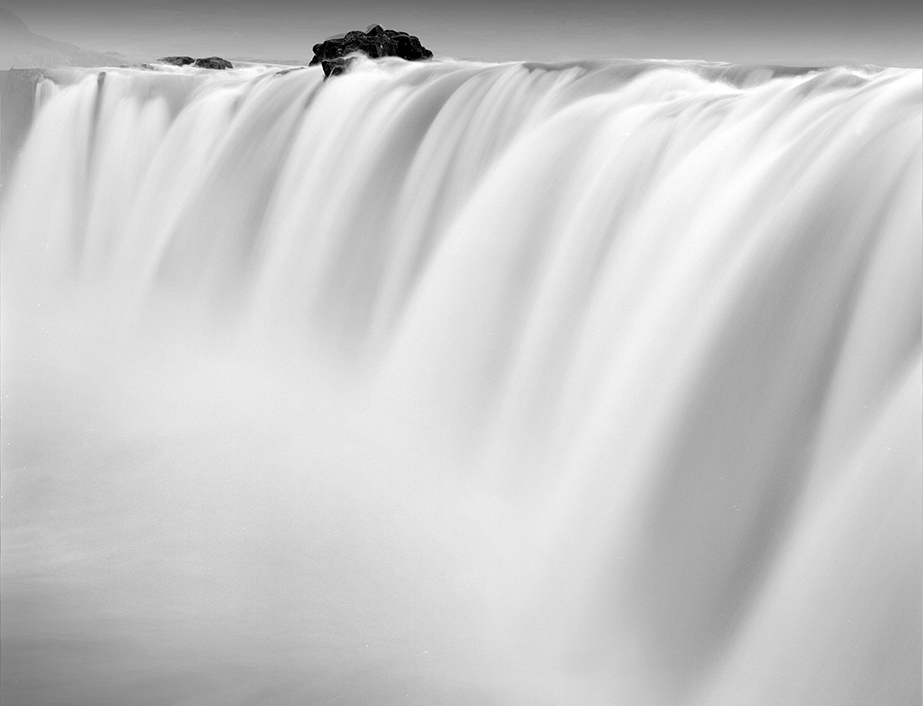



Francesco Bosso (Italy, 1959) is one of the leading Italian black-and-white photographers of landscape and the wildness of nature.
His meticulous artistic investigation is aimed at isolating natural forms and elements in untouched places, where silence reigns supreme—a mix of “atmospheres” and deep thinking, concepts that he consistently attempts to express in a whisper, rather than a roar, in an attempt to put the observer perfectly at ease.
“A landscape is in reality a vision in which atmospheres and states of mind melt together in something unique”, the artist affirms, inspired by the poetry of Walt Whitman and by an Asian, almost Shintoist approach.
His visual conceptualisation, his extraordinary mastery of large-format photos, and his virtuosity in the darkroom allow him to produce photographic works characterised by intensely nuanced gradations of black and white and exceptional depth of tonal contrasts.
His works reveal a kind of theoretical and creative fundamentalism, in constant tension with analytical depth, the act of creation, and a reductionist spirit. These undergo a process of obsessive subtraction, reducing scenes to their bare minimum, since the superfluous becomes chaos and confusion. The photos subvert our contemporary context, which goes in an entirely different direction.
After years devoted to ethnographic research in China and many African countries—documented in two books of photographs, Swahili: African Portraits and China Crossing—he turned to the natural world as the foundation for his thinking, of his studies of the effects of light, developing a deep approach to photography and total control of the photographic process that allow him to transfer to the viewer something more that goes beyond a mere image.
In 2014, his works were exhibited at the Museo delle Arti Visive in Spoleto. This impressive show was the culmination of almost eight years of work and represented a magnificent voyage in abstraction, integrating panoramic photography and pictorial subject matter.
In 2015, Bosso participated in the 56th edition of the Venice Biennale, in which he presented his imposing triptych “Arrays” as part of the exhibition Present Nearness.
His works are included in important public and private collections, and exhibitions of his photos have been mounted by national and international institutions like the Museo delle Arti Visive di Spoleto, the Museo Pino Pascali di Polignano, the Museo Camera di Torino, il Centro Culturale Candiani (in Venice), the Museo Nazionale della Fotografia (Brescia), as well as the Cultural Centre Museum in Hong Kong, and the M50 Space Gallery in Shanghai. He has also had noteworthy solo shows in Munich, Paris, Karlsruhe, and Brussels.

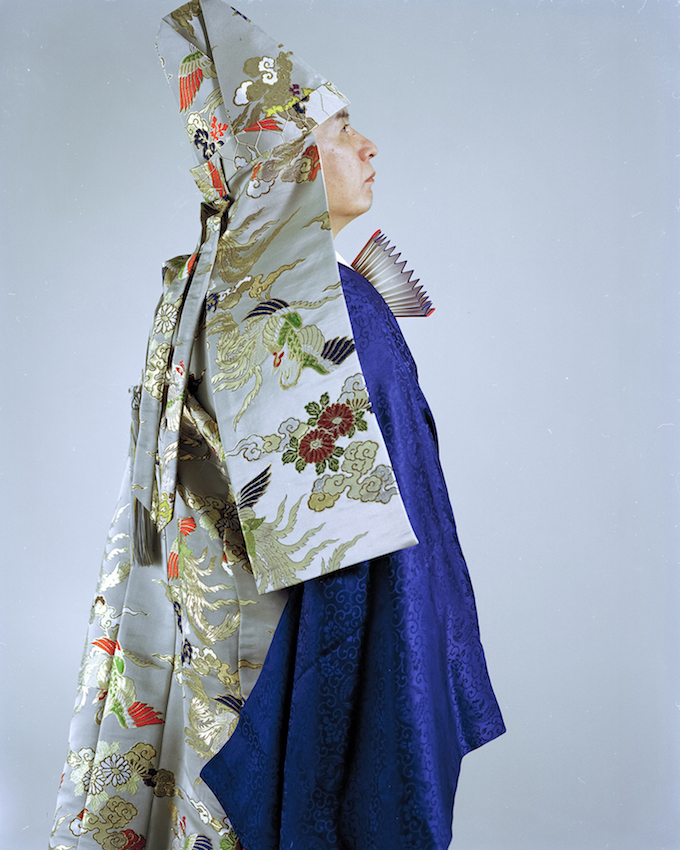
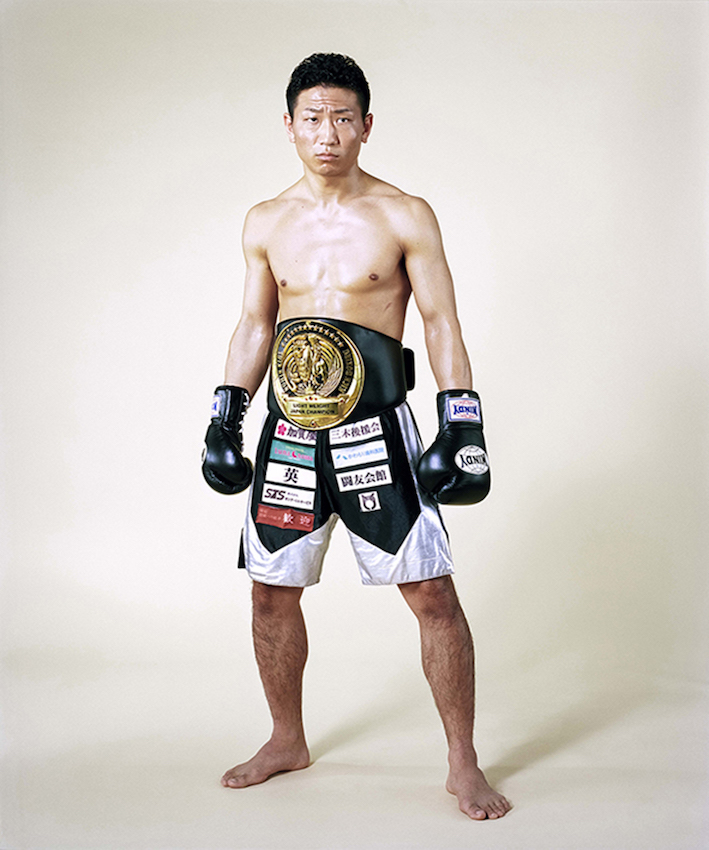



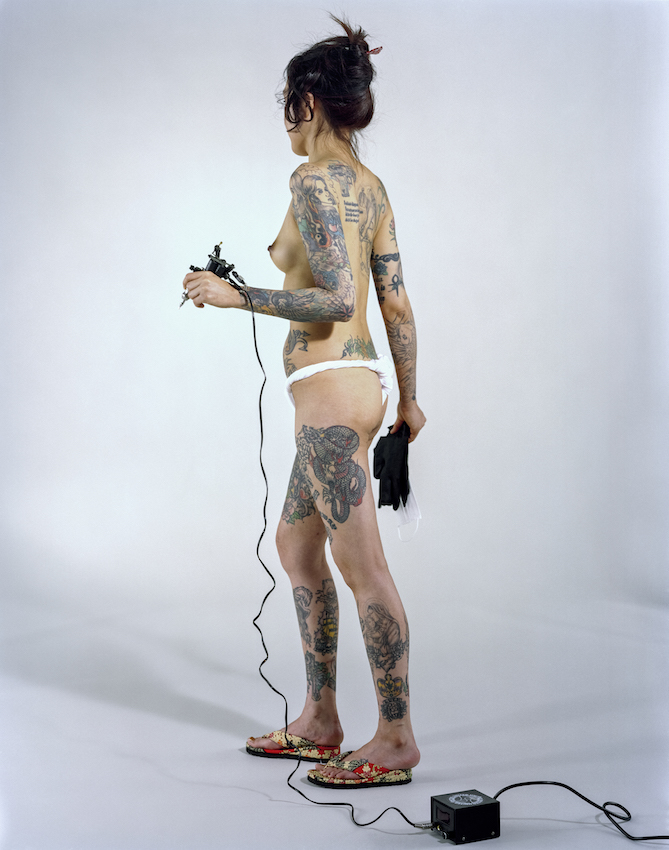

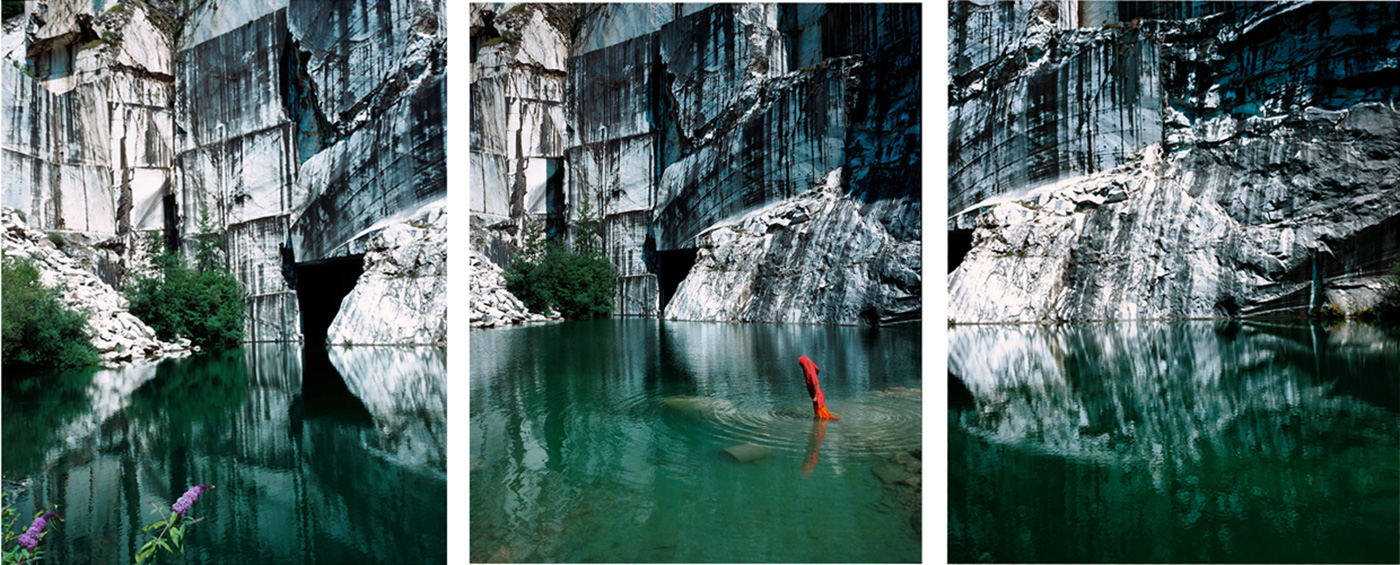

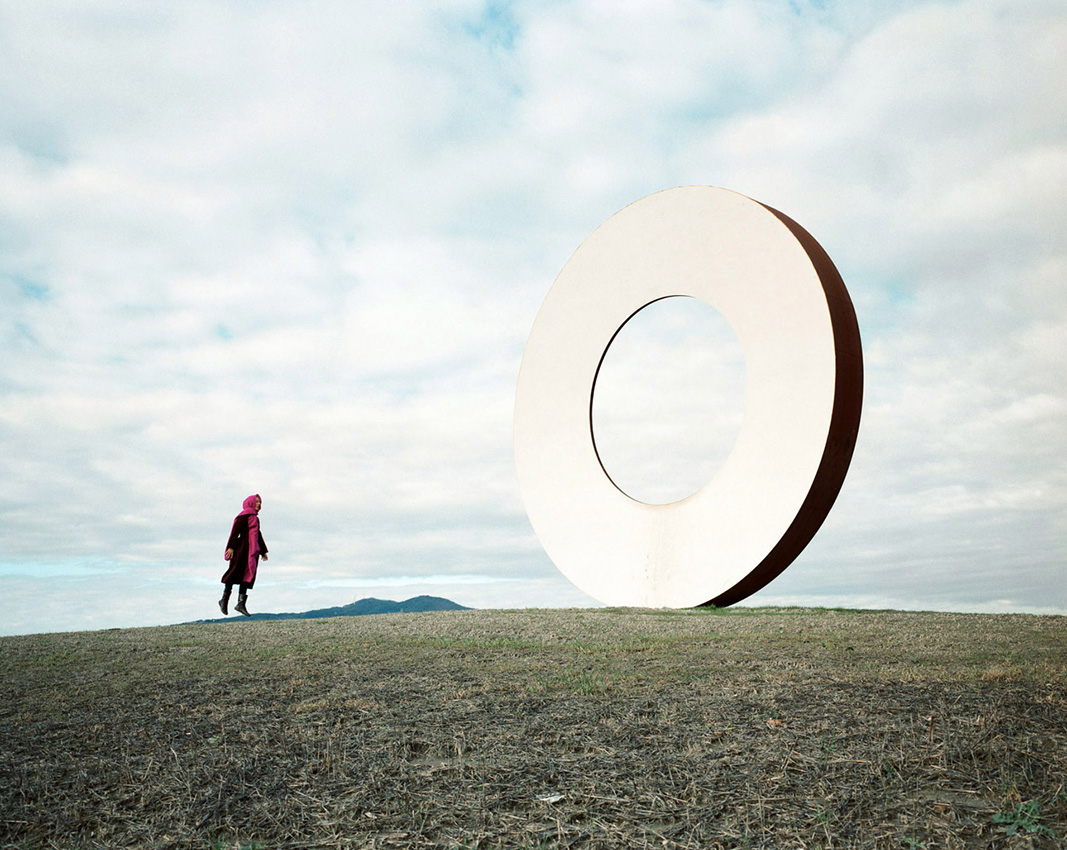

Giada Ripa has roamed the world, using its topographies as a backdrop for her examinations of personal dislocation in both public and private spaces.
She concentrates on the analysis of space as a means for exploring personal identity and has developed a body of work characterized by introspection and experimentation. She often uses landscapes and energy production sites as a backdrop for her performances during which a confrontation between a human being occurs with foreign and distant places loaded with cultural, historical and geopolitical implications.
Her latest project to date, The Yokohama Project 1867-2017, is a conversation amongst three artists and their western vision of Japan over a 150 year span. The artist becomes the link between Felice Beato’s 18th century hand coloured portraits and views of Yokohama and Mathilde Ruinart’s unedited manuscript, Voyage au Japon, of the same period. During a trip to Japan she followed their respective footsteps in an attempt to identify local contemporary analogies.
The Yokohama Project will be officially presented in April 2017 at Kyotographie, the prestigious international photo festival in Kyoto. It will then travel back to Europe and will be shown first in Brussels during Art Brussels then in Paris at Paris Photo in November 2017.

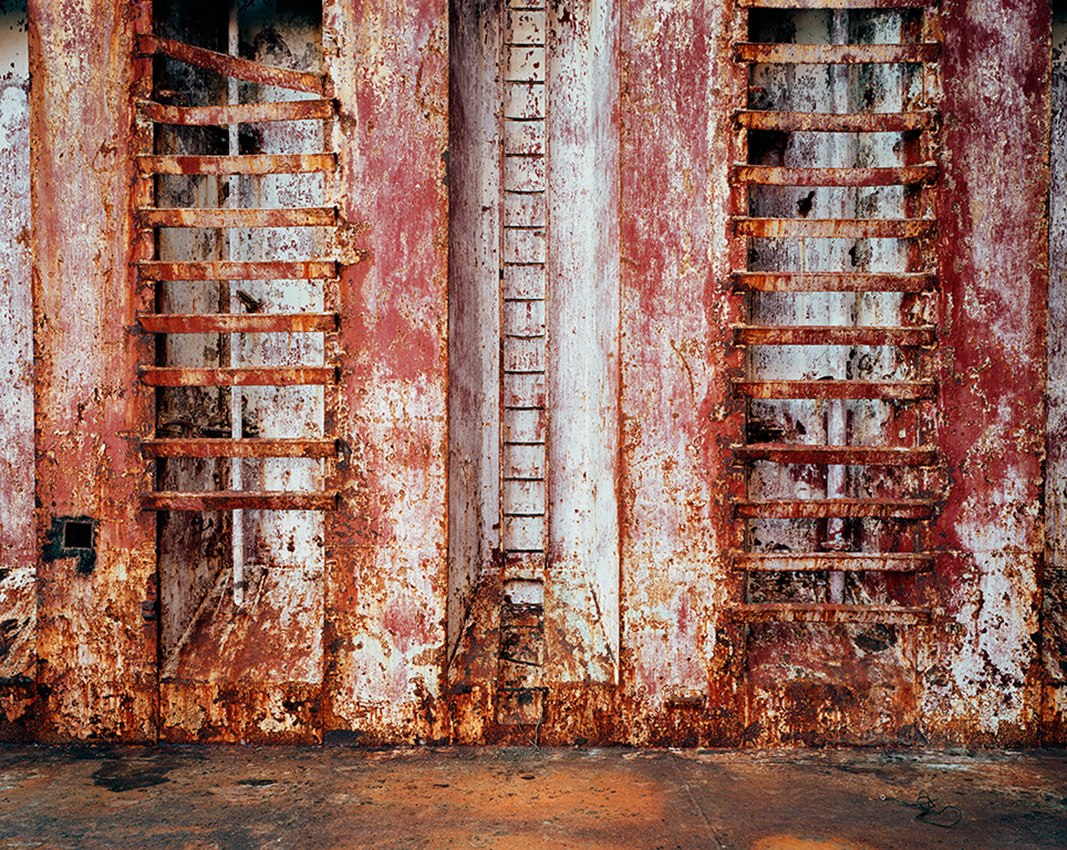




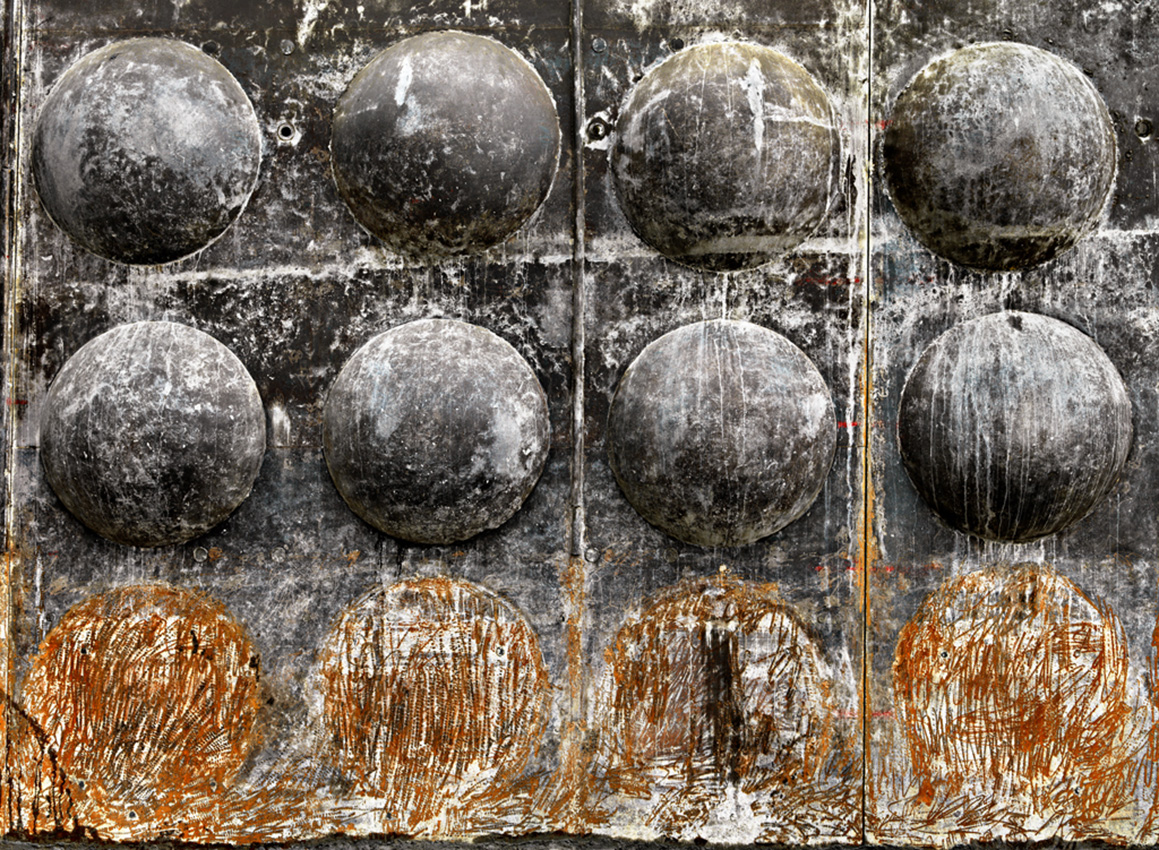
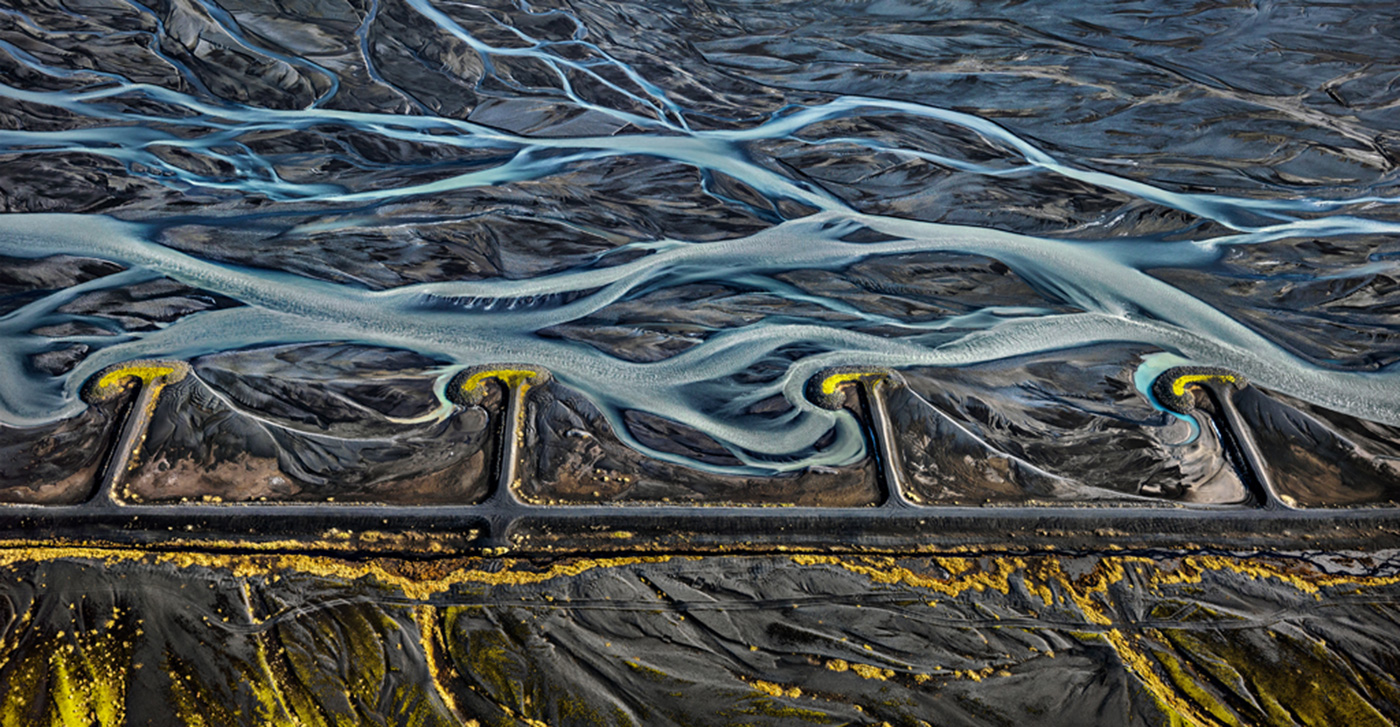
Exploring the Residual Landscape
“Nature transformed through industry is a predominant theme in my work. I set course to intersect with a contemporary view of the great ages of man; from stone, to minerals, oil, transportation, silicon, and so on. To make these ideas visible I search for subjects that are rich in detail and scale yet open in their meaning. Recycling yards, mine tailings, quarries and refineries are all places that are outside of our normal experience, yet we partake of their output on a daily basis.
These images are meant as metaphors to the dilemma of our modern existence; they search for a dialogue between attraction and repulsion, seduction and fear. We are drawn by desire – a chance at good living, yet we are consciously or unconsciously aware that the world is suffering for our success. Our dependence on nature to provide the materials for our consumption and our concern for the health of our planet sets us into an uneasy contradiction. For me, these images function as reflecting pools of our times”. (Edward Burtynsky)
Courtesy: Admira, Milan

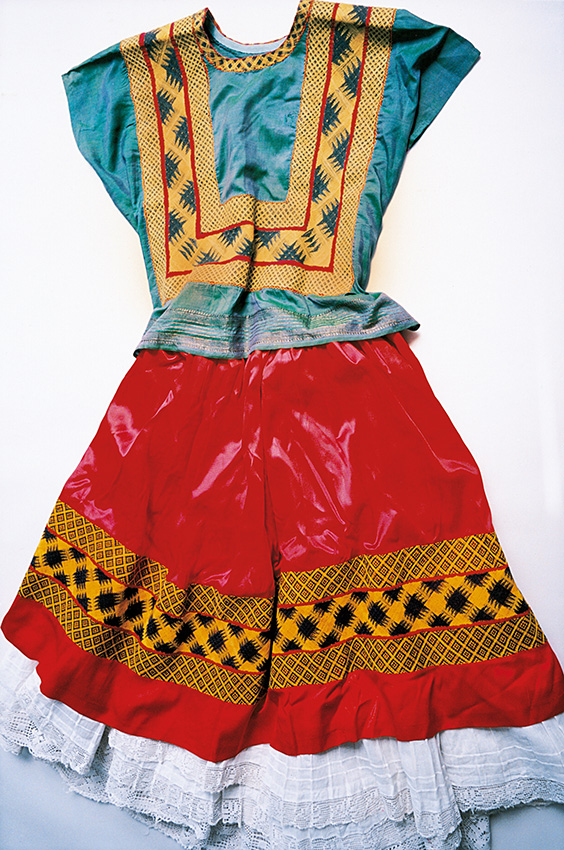
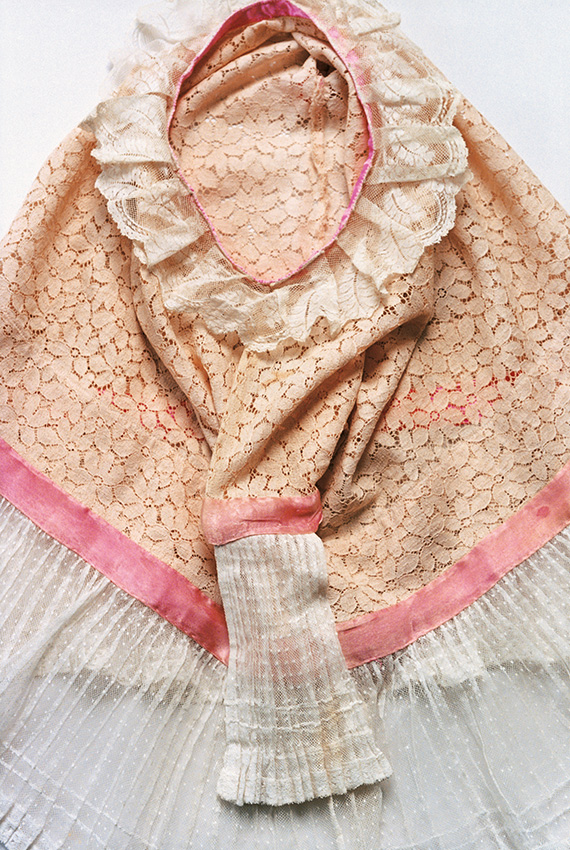




Frida by Ishiuchi Miyako (2013) is a photographic record of Mexican artist Frida Kahlo’s wardrobe and belongings. Following Kahlo’s death in 1954 her husband Diego Riviera began placing her personal effects into the bathroom of their Mexico City house, “The Blue House”, which later became the Museo Frida Kahlo. Ishiuchi Miyako was invited to photograph these artefacts, over 300 relics of Kahlo’s life.
Ishiuchi Miyako (b.1947) is a celebrated Japanese photographer known for her poignant images confronting trauma in post war Japan. In 2014 she received the prestigious Hasselblad award and her solo exhibition titled “Postwar Shadows” opens at the Getty Museum in Los Angeles in October 2015.
Courtesy: Micheal Hoppen Gallery, London
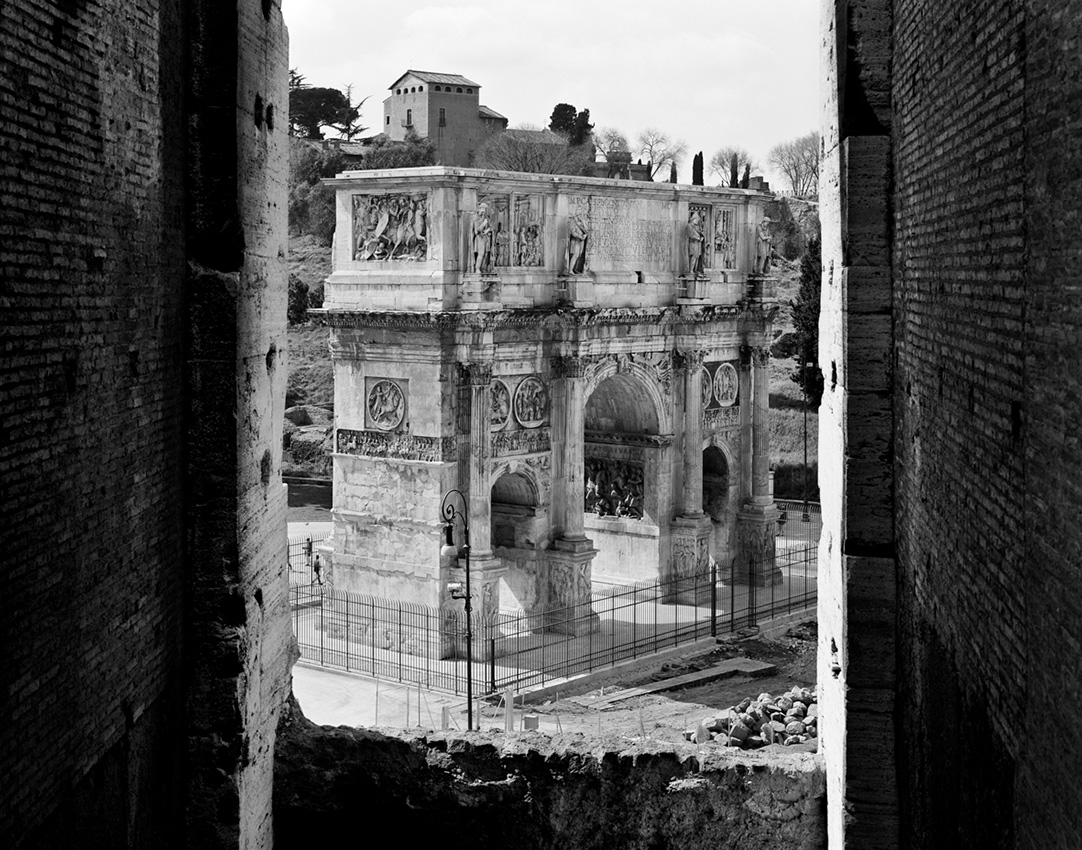

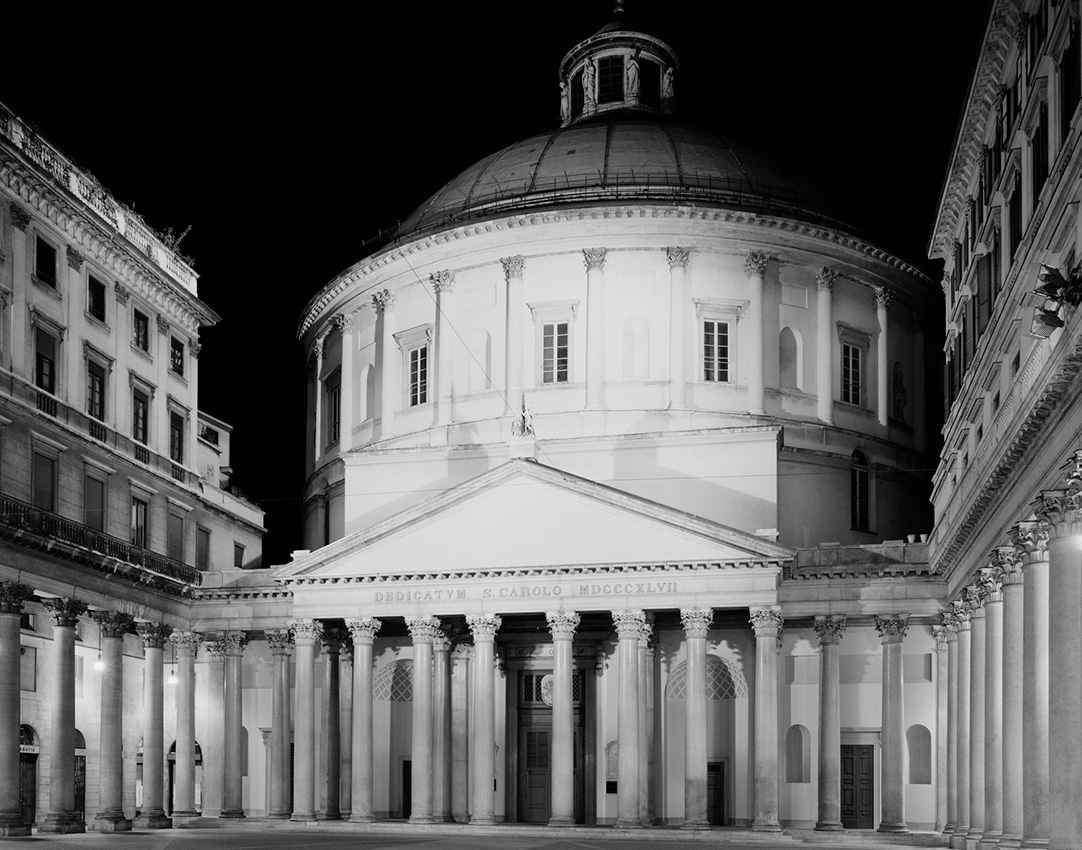



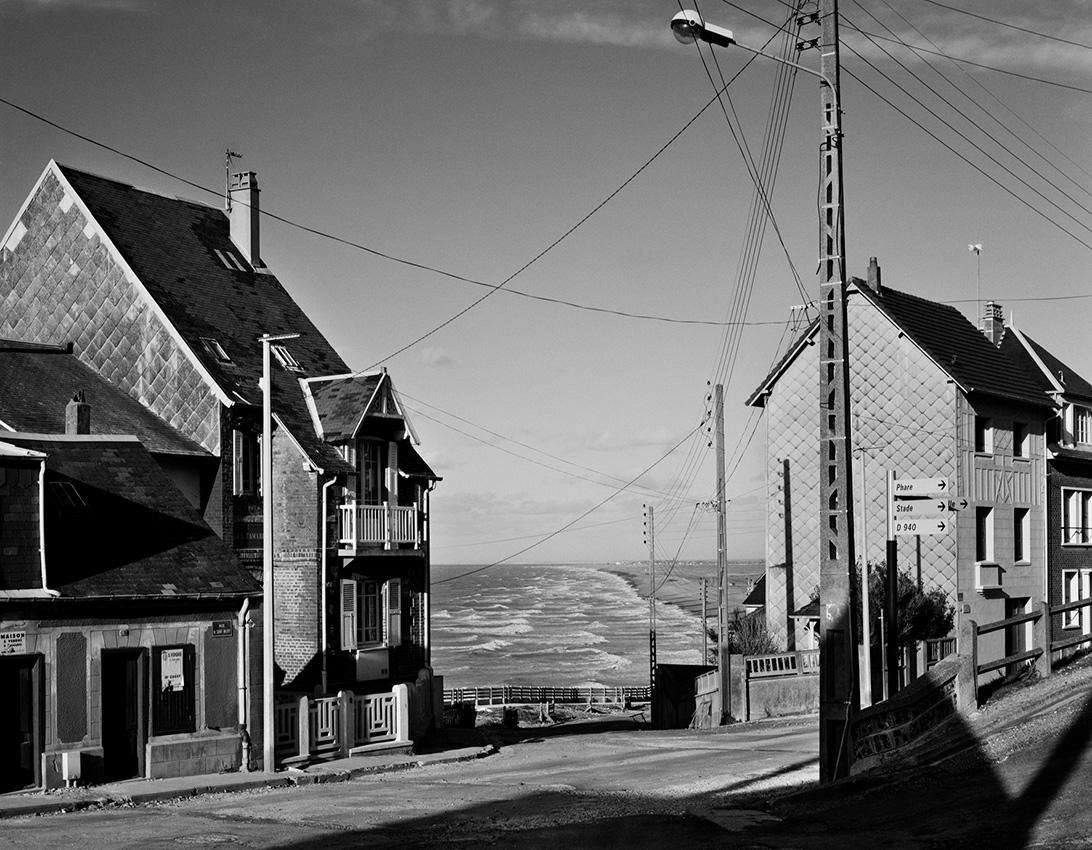
Gabriele Basilico was born in 1944 in Milano, where he died in 2013.
In the early seventies, after graduating from the Faculty of Architecture, began to photograph the urban landscape. His first project Milano ritratti di fabbriche 1978-80 portrayed the milanese industrial area.
In 1984 he was invited, as the only Italian photographer, to work on the project of the Mission Photographique de la DATAR, an enormous undertaking to record the contemporary French landscape promoted by the French government.
In 1991 participates with a group of international photographers in the photographic Mission on the city of Beirut at the end of the war.
Since then, Gabriele Basilico carried out many solo and group campaigns on different cities all around the world, and his work has been presented in many shows, books and catalogues. Among them Porti di mare (1990), Bord de mer (1992), L’esperienza dei luoghi (1994), Italy, cross-sections of a country (1998), Interrupted City (1999), Cityscapes (1999), Berlin (2001), Beirut (2003), Scattered city (2005), Montecarlo (2007), Intercity (2007).
The latest realized photographic projects are: Silicon Valley commissioned by the San Francisco Museum of Modern Art, Roma 2007, Vertical Moscow, a photographic survey on the urban landscape of Moscow portrayed from the top of the Stalin’s Seven Skyscrapers, Istanbul 05.010, Shanghai 2010, Beirut 2011, Rio de Janeiro 2011.
Courtesy: Photo & Contemporary, Turin

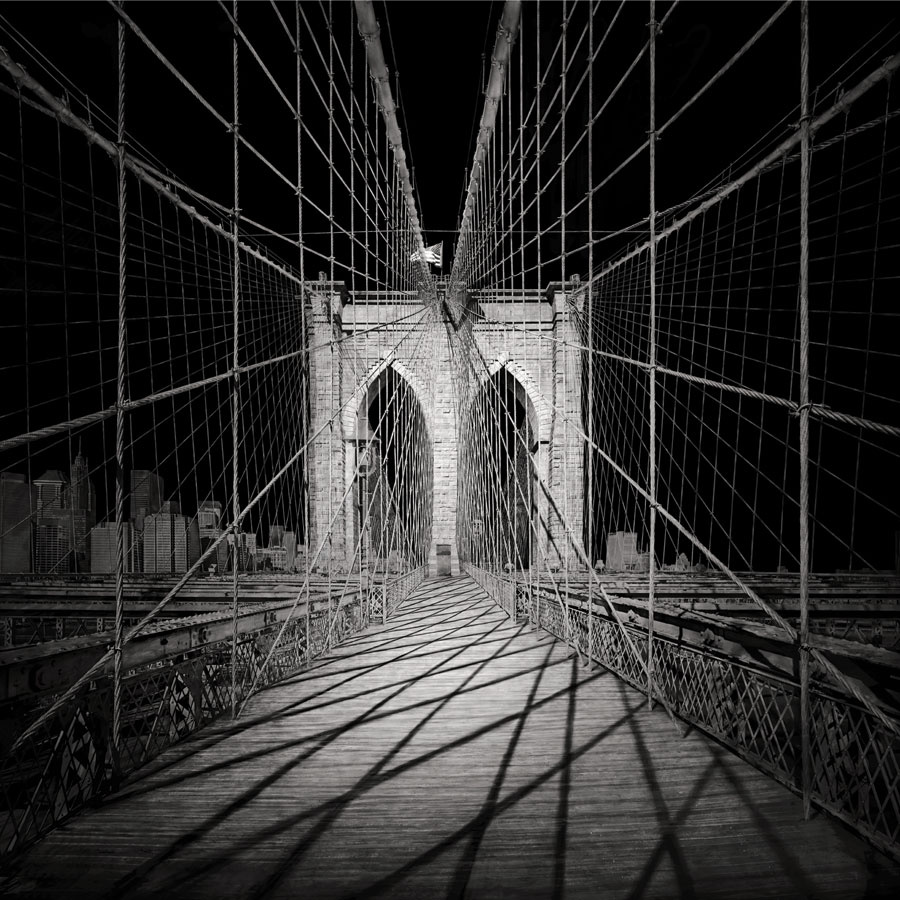
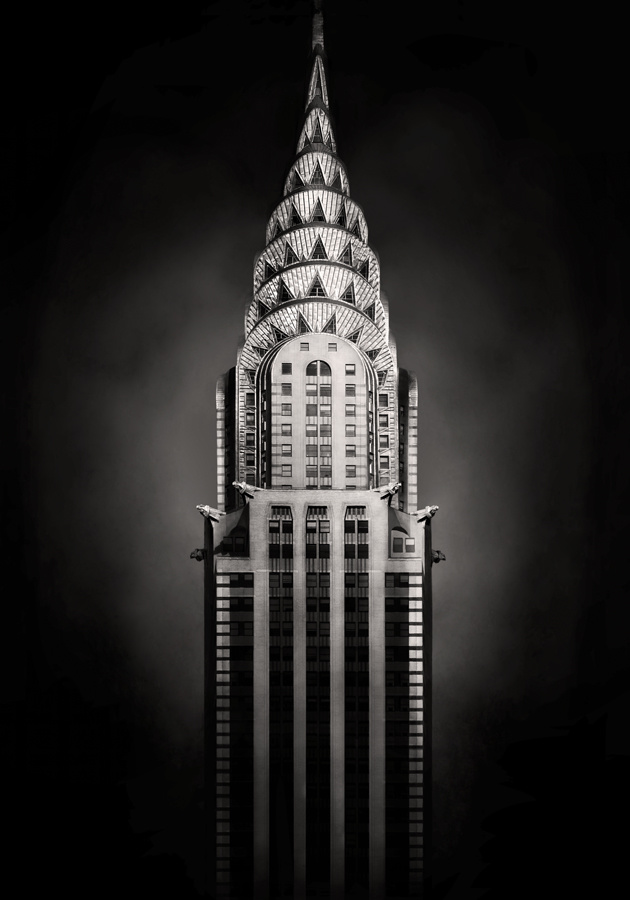



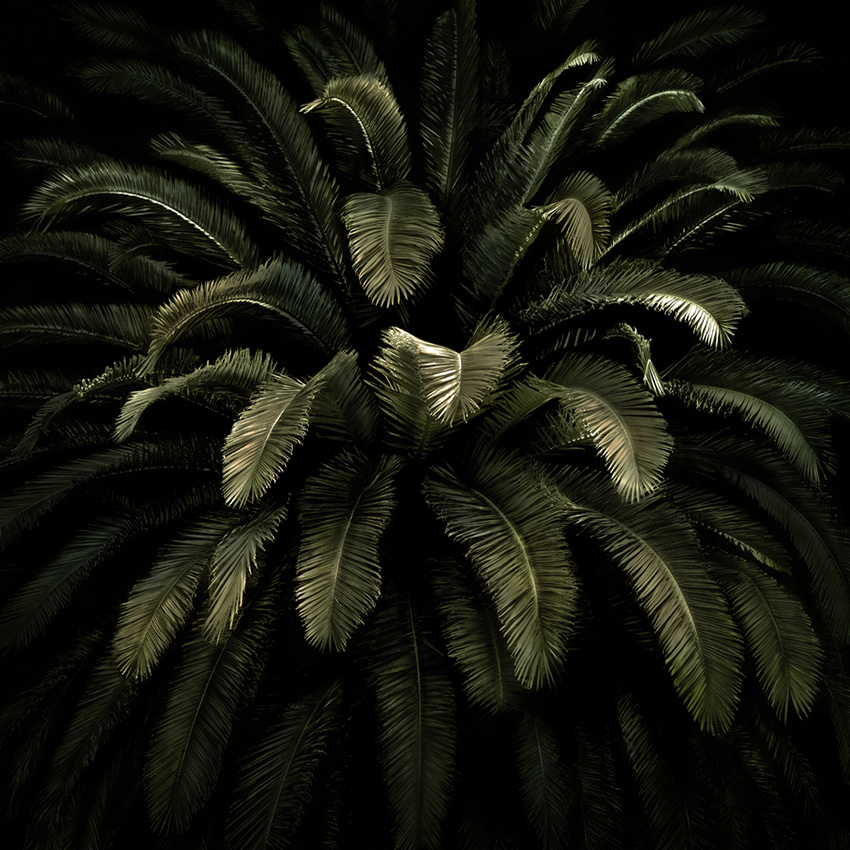
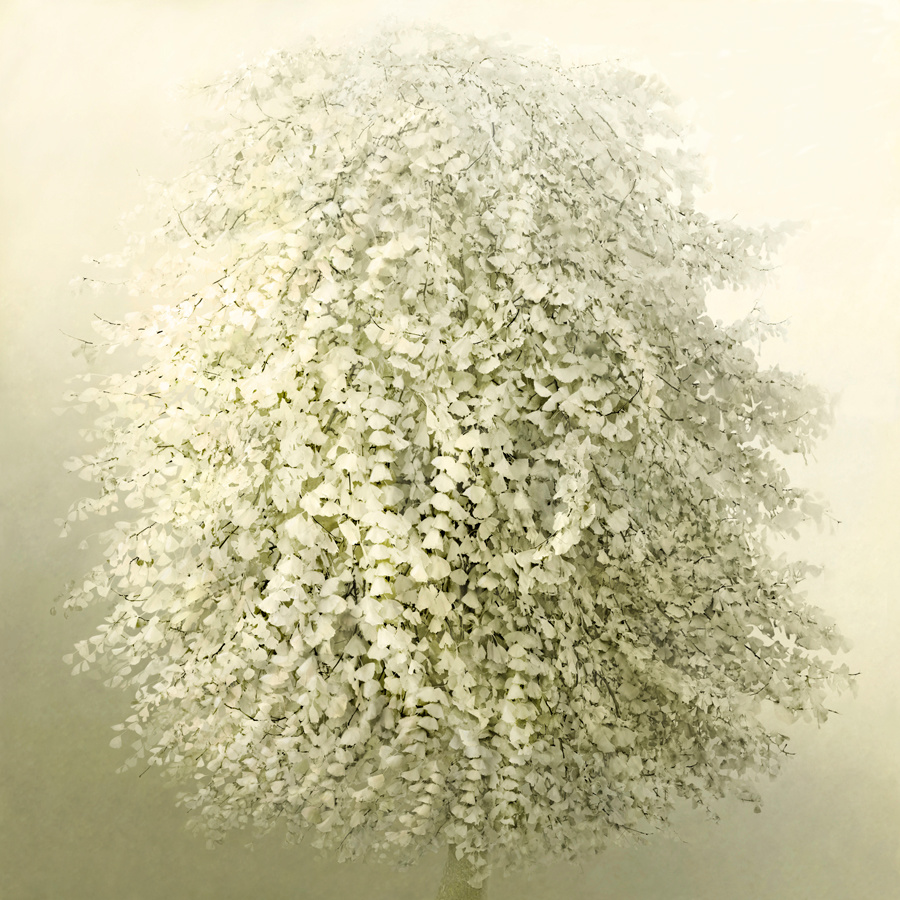
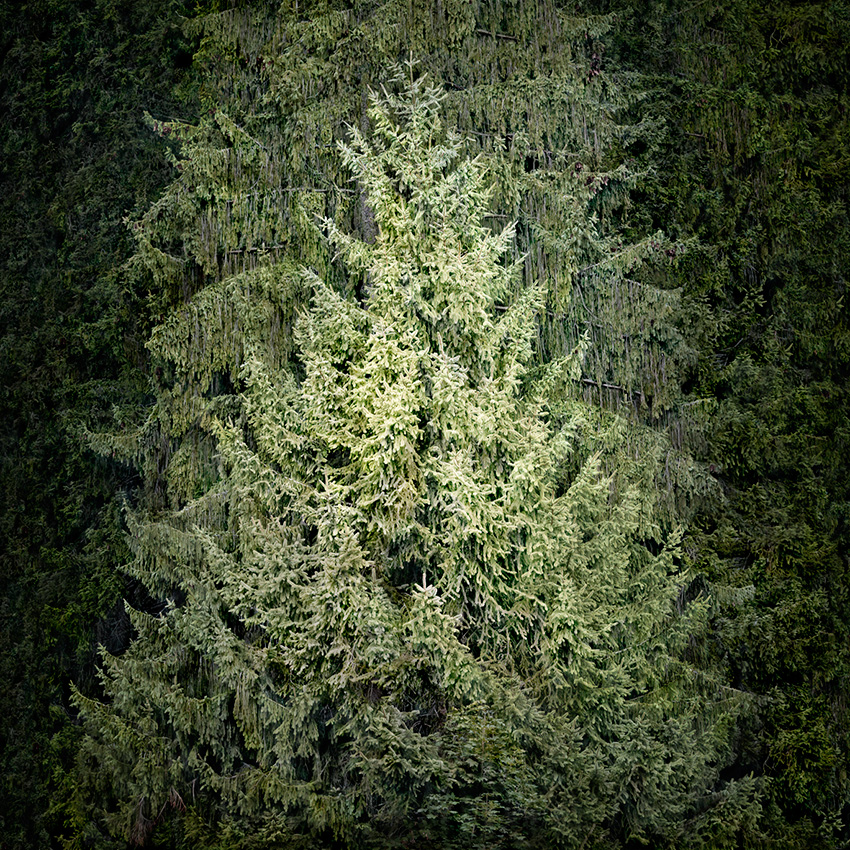
Irene Kung was born in Switzerland and studied graphic design before becoming a painter. She has always been interested in photography which is now her main form of expression.
Her works have been exhibited in London, New York, Beijing, Moscow, Milan and Rome and have been published on international magazines and newspapers such as The New York Times, The Sunday Times, AD, The Economist, Il Sole 24 Ore.
In 2015 the EXPO Committee commissioned her a series of photographs of fruit trees for the Fruits and Legumes Cluster.
In 2018, working for Porsche, she immortalised the new Porsche 911 in the Timeless Machine project.
Irene Kung lives and works in Switzerland.
Courtesy: Contrasto Galleria, Milan
